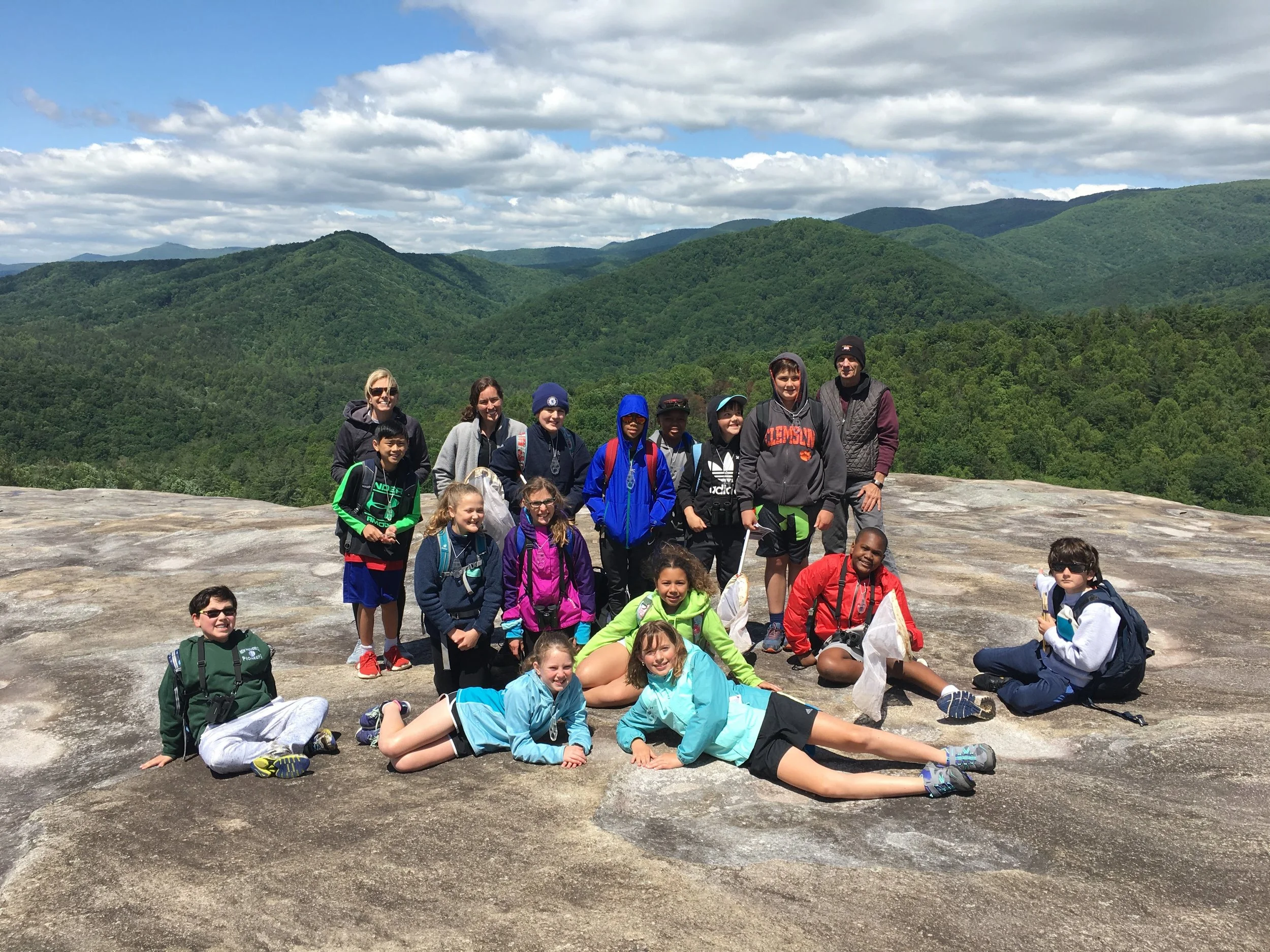

2019 Species T-shirts Now Available!
Each year, Blue Ridge Discovery Center designs stylish graphic tees featuring a collection of species that are unique to our region.
The 2019 Species Shirt Collection is now available in our Online Shop. Adult and youth options are available. Continue reading for full descriptions!

At the Summit
A beautiful week of sunshine and cool weather was spent with the 5th graders from Summit School.